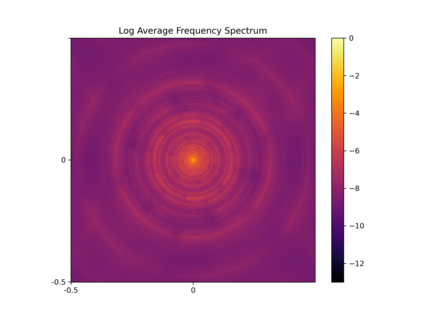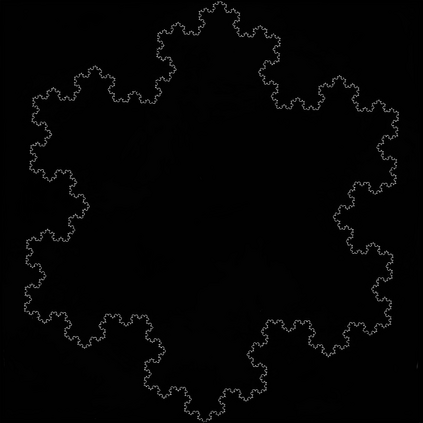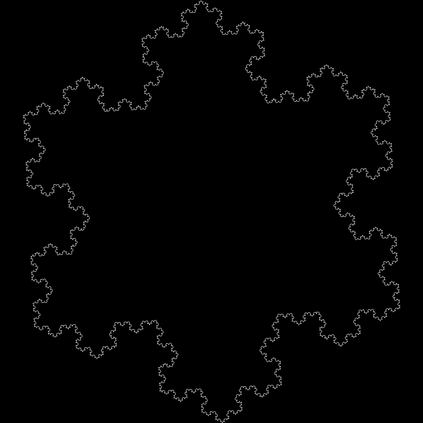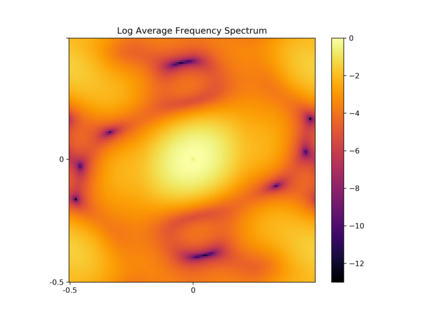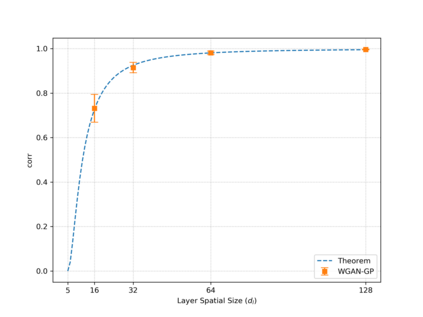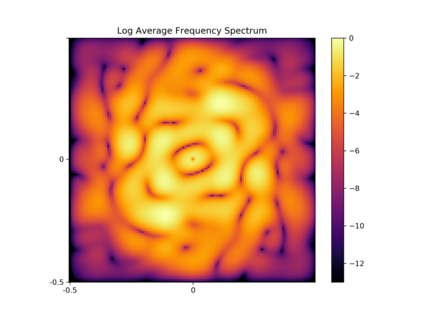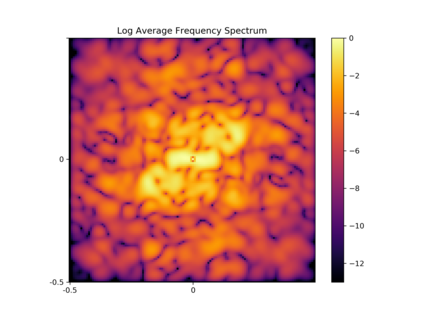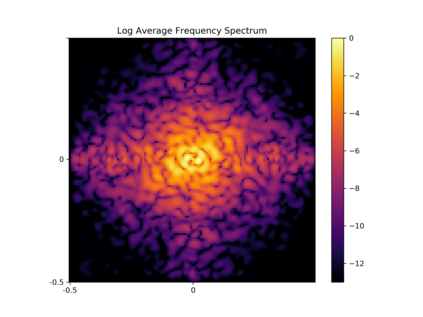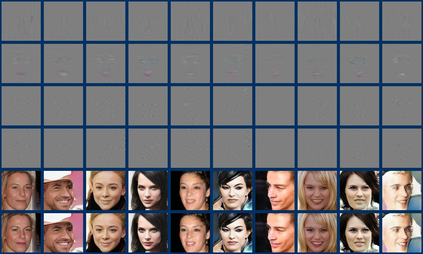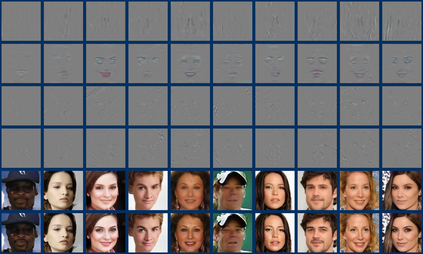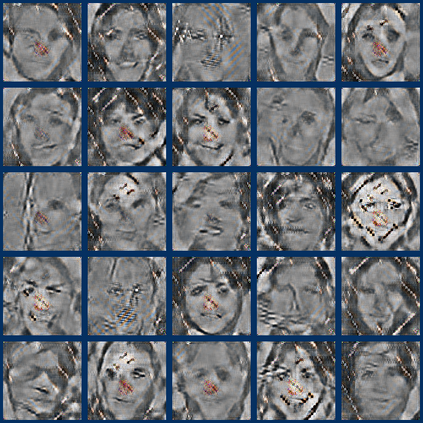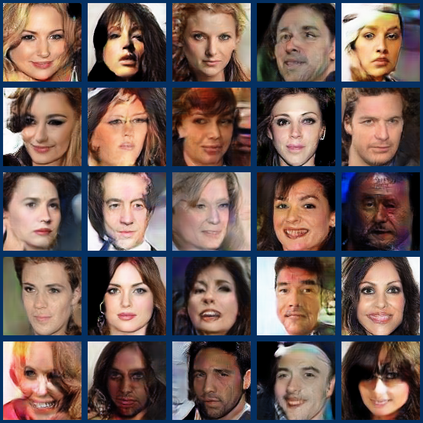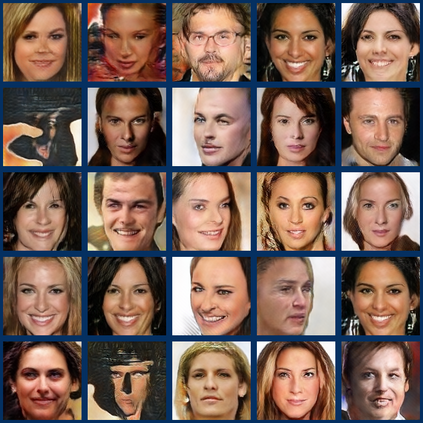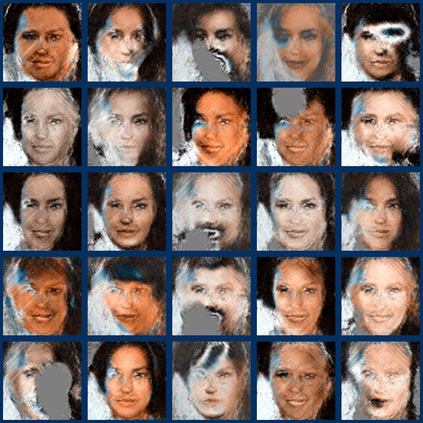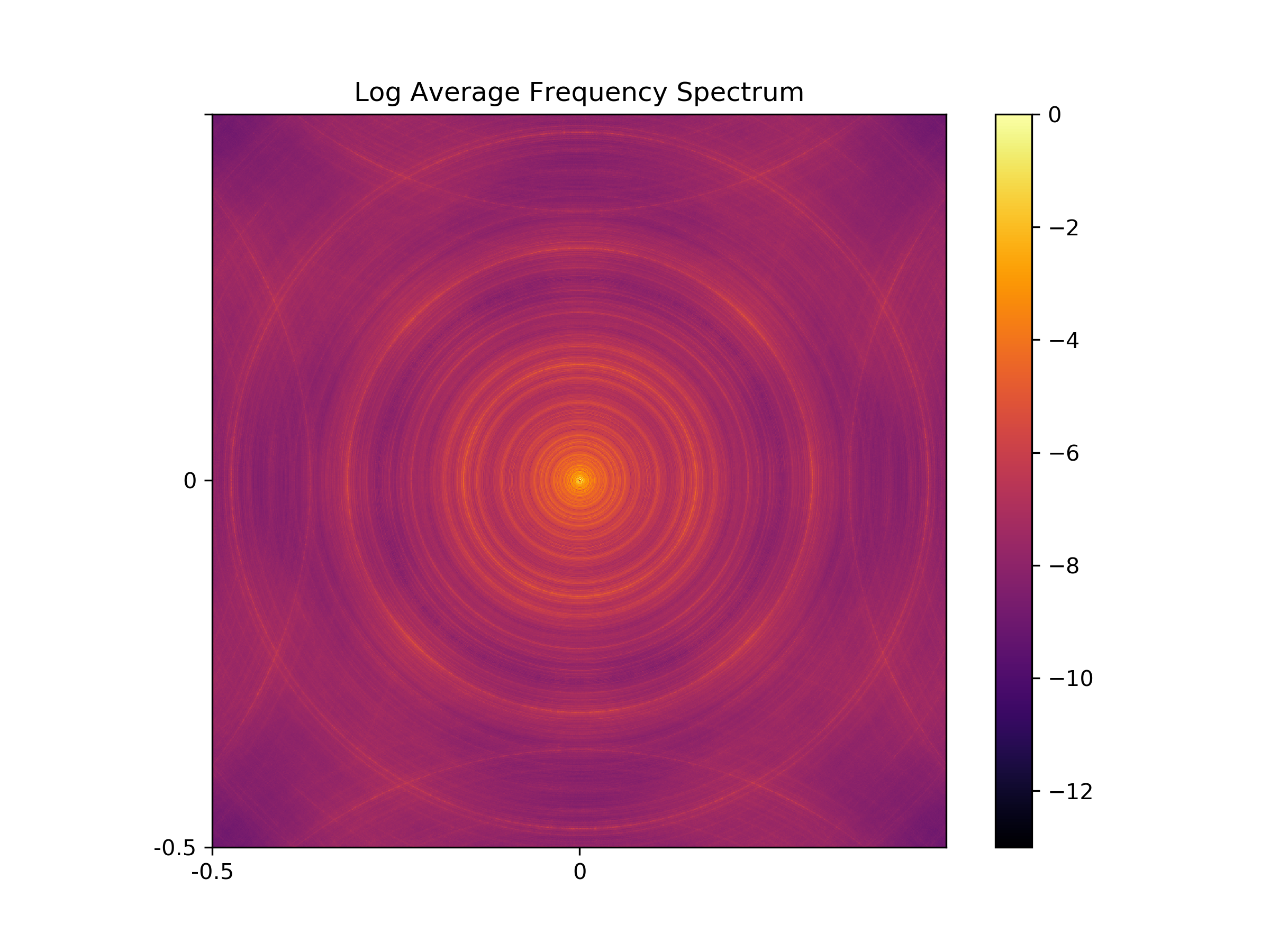As the success of Generative Adversarial Networks (GANs) on natural images quickly propels them into various real-life applications across different domains, it becomes more and more important to clearly understand their limitations. Specifically, understanding GANs' capability across the full spectrum of spatial frequencies, i.e. beyond the low-frequency dominant spectrum of natural images, is critical for assessing the reliability of GAN generated data in any detail-sensitive application (e.g. denoising, filling and super-resolution in medical and satellite images). In this paper, we show that the ability of convolutional GANs to learn a distribution is significantly affected by the spatial frequency of the underlying carrier signal, that is, GANs have a bias against learning high spatial frequencies. Crucially, we show that this bias is not merely a result of the scarcity of high frequencies in natural images, rather, it is a systemic bias hindering the learning of high frequencies regardless of their prominence in a dataset. Furthermore, we explain why large-scale GANs' ability to generate fine details on natural images does not exclude them from the adverse effects of this bias. Finally, we propose a method for manipulating this bias with minimal computational overhead. This method can be used to explicitly direct computational resources towards any specific spatial frequency of interest in a dataset, extending the flexibility of GANs.
翻译:由于自然图像的创造反变网络(GANs)成功将自然图像快速推进到不同领域的各种现实应用中,因此越来越有必要明确理解其局限性。具体地说,了解GANs在所有空间频率范围内的能力,即超越自然图像中低频主要频谱的范围,对于评估在任何细节敏感应用中生成的GAN数据的可靠性至关重要(例如,在医疗和卫星图像中去除、填充和超级分辨率)。在本文中,我们表明, convolutional GANs了解一个分布的能力受到基本载体信号的空间频度的极大影响,也就是说,GANs对学习高空间频率的偏向性。关键是,我们表明这种偏向性不仅仅是自然图像中高频率稀缺的结果,而是一种系统性的偏向性,阻碍了高频率的学习,而不论其在数据集中的突出度。此外,我们解释为什么大规模GANs在生成关于自然图像的精确细节的能力不能将它们排除在这种偏差的不利效应之外。最后,GANs对高频频度信号的偏向偏向偏向偏向偏向偏向,我们明确提出一种微的计算方法。我们建议,将这种偏向直接的偏差的计算方法用于直接地将数据偏向推移。


